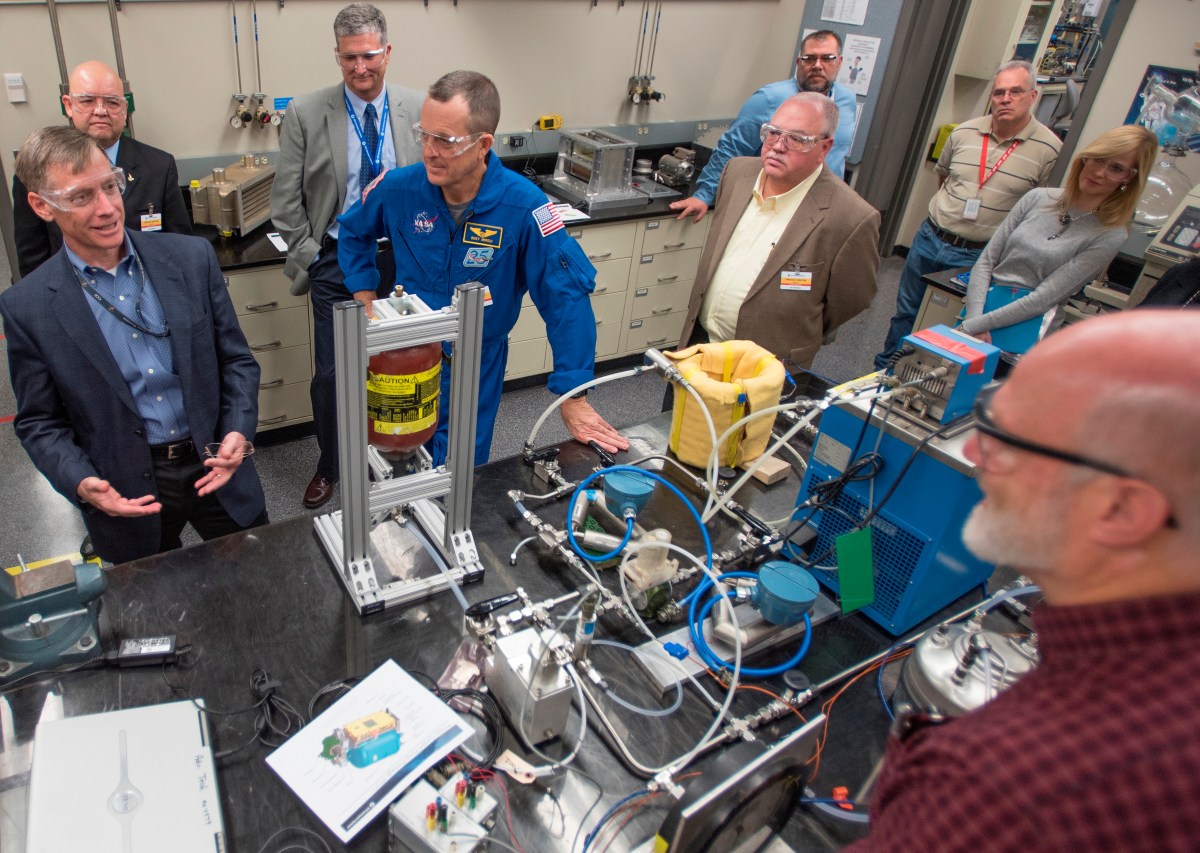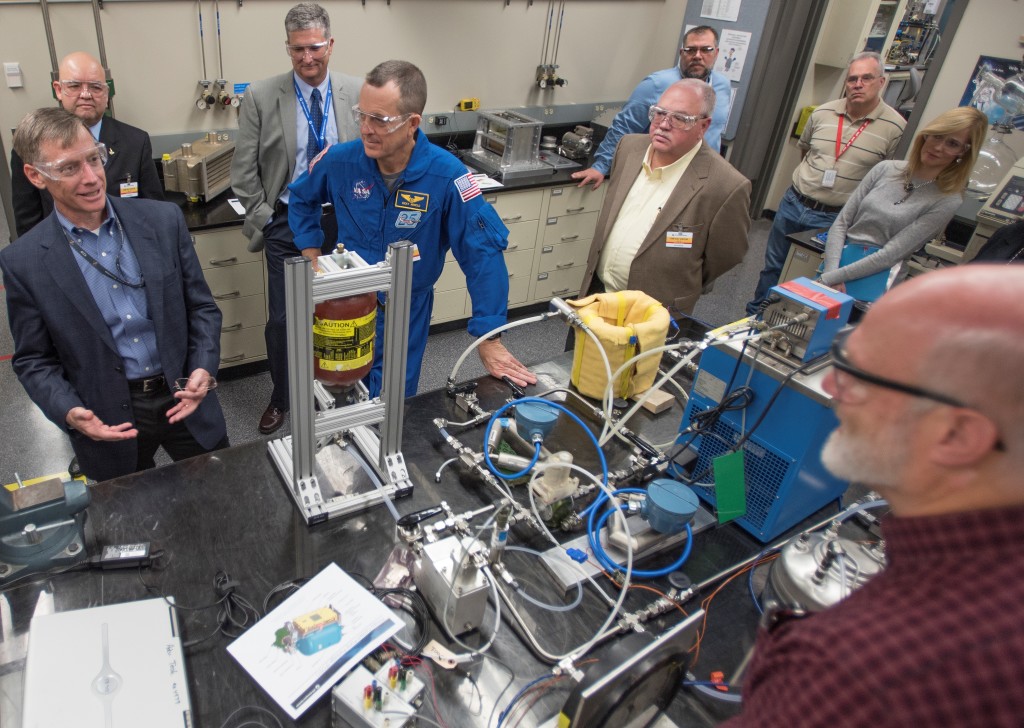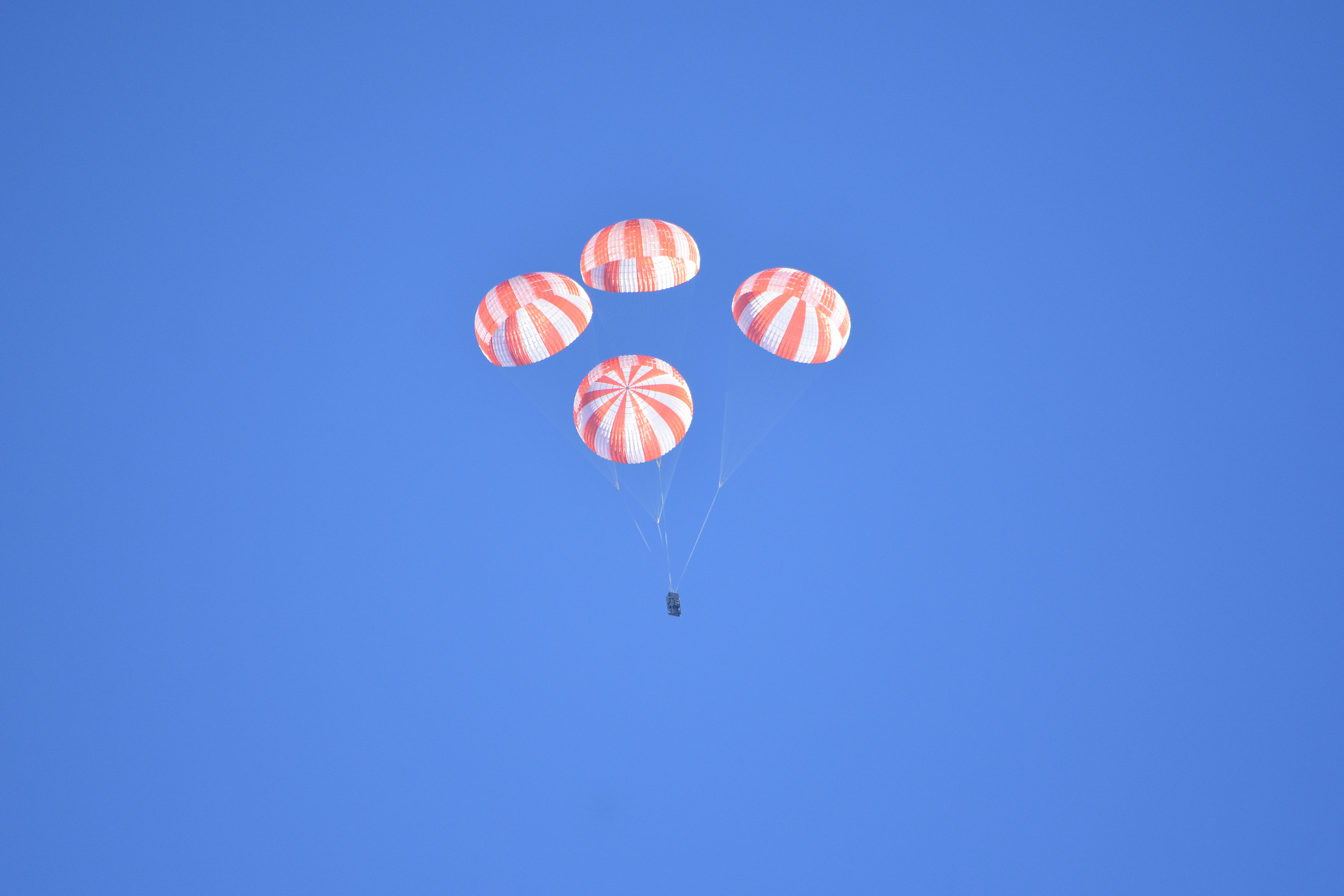 Four red-and-white parachutes unfurled high above the desert near Coolidge, Arizona, recently during a test of the system that initially will be used to safely land SpaceX’s Crew Dragon spacecraft carrying astronauts back from the International Space Station. The test used a mass simulator as the weight of the spacecraft connected to the parachute system. The mass simulator and parachutes were released thousands of feet above the ground from a C-130 cargo aircraft. This test evaluated the four main parachutes, but did not include the drogue chutes that a full landing system would utilize.
Four red-and-white parachutes unfurled high above the desert near Coolidge, Arizona, recently during a test of the system that initially will be used to safely land SpaceX’s Crew Dragon spacecraft carrying astronauts back from the International Space Station. The test used a mass simulator as the weight of the spacecraft connected to the parachute system. The mass simulator and parachutes were released thousands of feet above the ground from a C-130 cargo aircraft. This test evaluated the four main parachutes, but did not include the drogue chutes that a full landing system would utilize.
As part of its final development and certification work with NASA’s Commercial Crew Program, SpaceX continues to perform tests of flight-like hardware that allows engineers to assess the reliability. Later tests will grow progressively more realistic to simulate as much of the actual conditions and processes the system will see during an operational mission.
Initially, the spacecraft will splash down safely in the ocean under parachutes, but ultimately the company wants to land the vehicle on land propulsively using eight SuperDraco engines. SpaceX tested its propulsive land landing ability in Texas in November.
SpaceX and Boeing are working in separate partnerships with NASA to build a new generation of human-rated spacecraft to take astronauts to the International Space Station. Photo credit: SpaceX.




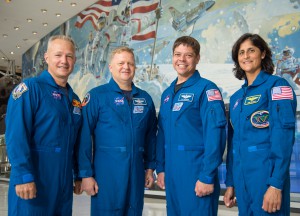 NASA’s Commercial Crew Program and its aerospace industry partners Boeing and SpaceX are on the eve of America’s return to human spaceflight launches. By the time the year closes, Boeing’s CST-100 Starliner and SpaceX’s Crew Dragon will be poised for the flight tests that allow our astronauts to travel to the International Space Station lifting off from Florida’s Space Coast.
NASA’s Commercial Crew Program and its aerospace industry partners Boeing and SpaceX are on the eve of America’s return to human spaceflight launches. By the time the year closes, Boeing’s CST-100 Starliner and SpaceX’s Crew Dragon will be poised for the flight tests that allow our astronauts to travel to the International Space Station lifting off from Florida’s Space Coast.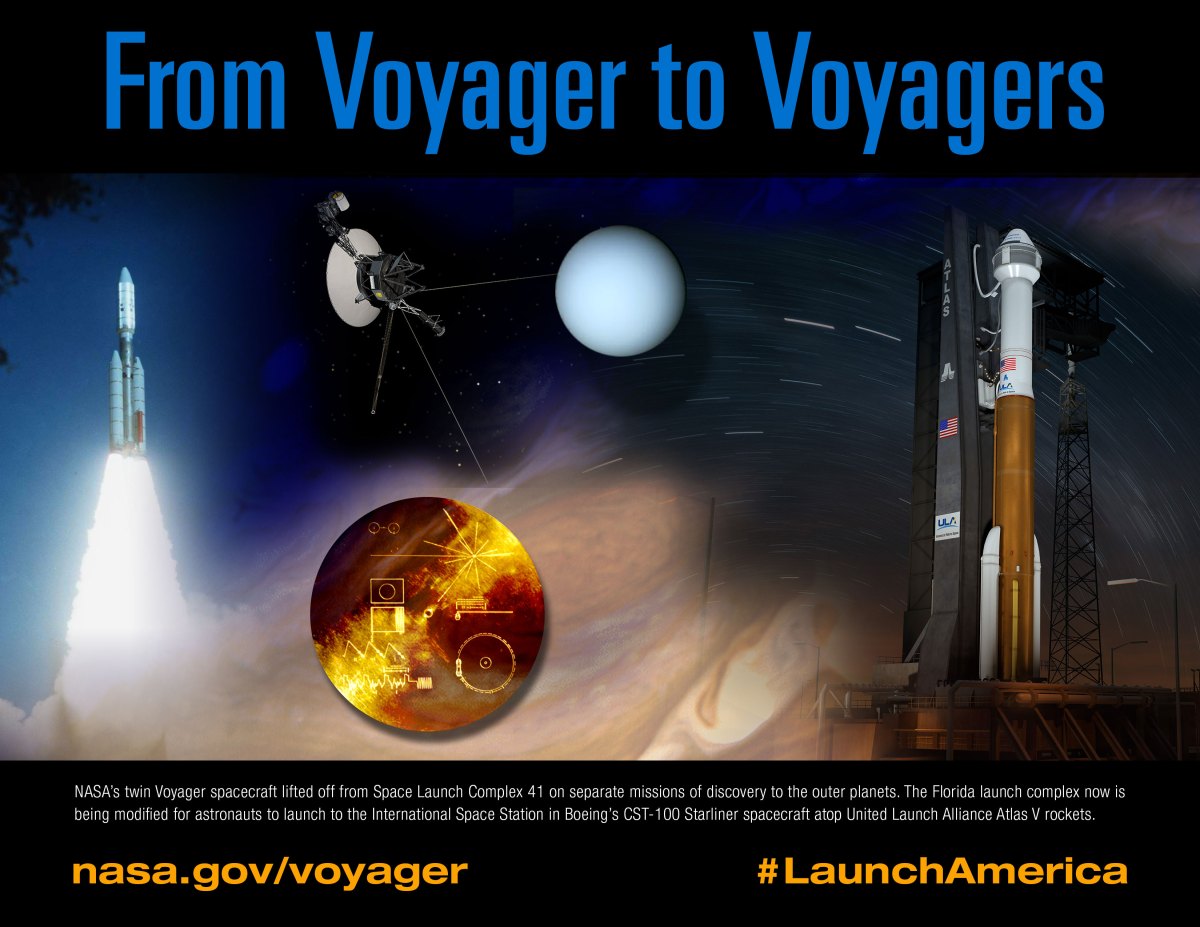

 Today, NASA Administrator Charlie Bolden blogged about the agency’s plan, vision and timetable for sending American astronauts to the Red Planet in the 2030s. By building a robust commercial market in low-Earth orbit, the agency is able to focus on simultaneously getting our astronauts to deep space.
Today, NASA Administrator Charlie Bolden blogged about the agency’s plan, vision and timetable for sending American astronauts to the Red Planet in the 2030s. By building a robust commercial market in low-Earth orbit, the agency is able to focus on simultaneously getting our astronauts to deep space.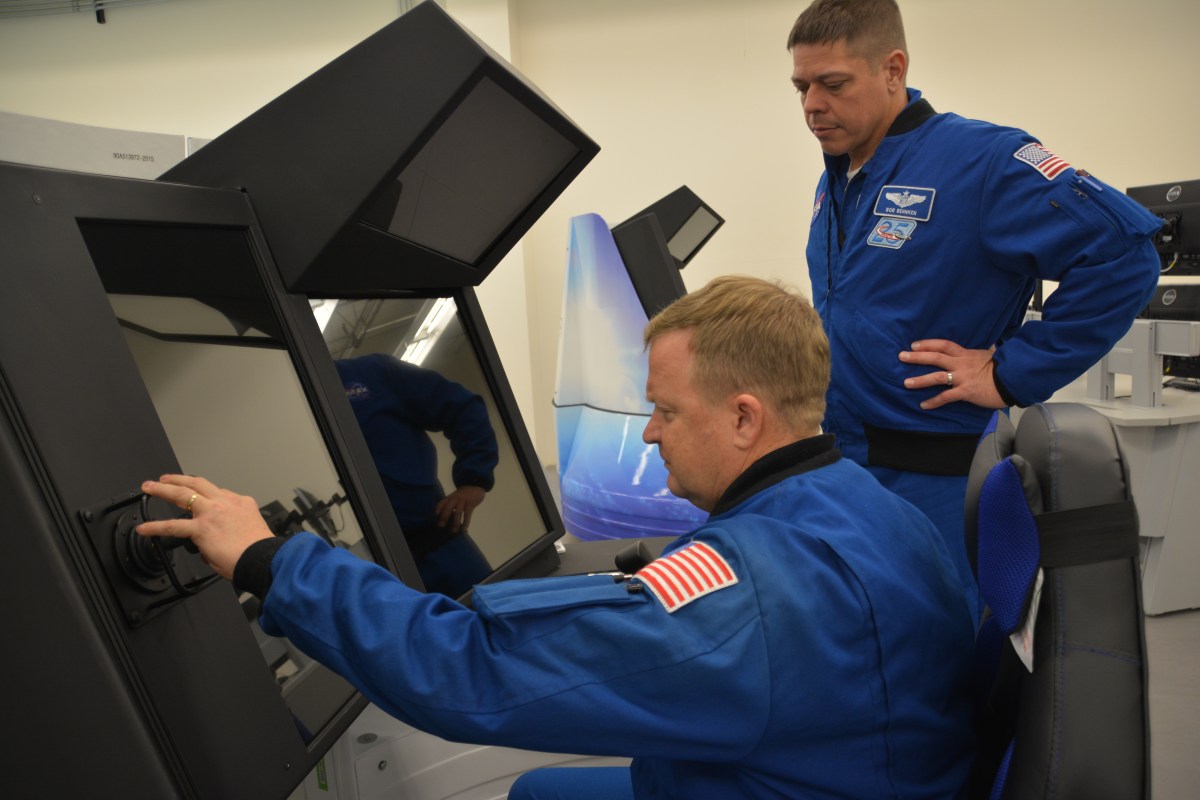
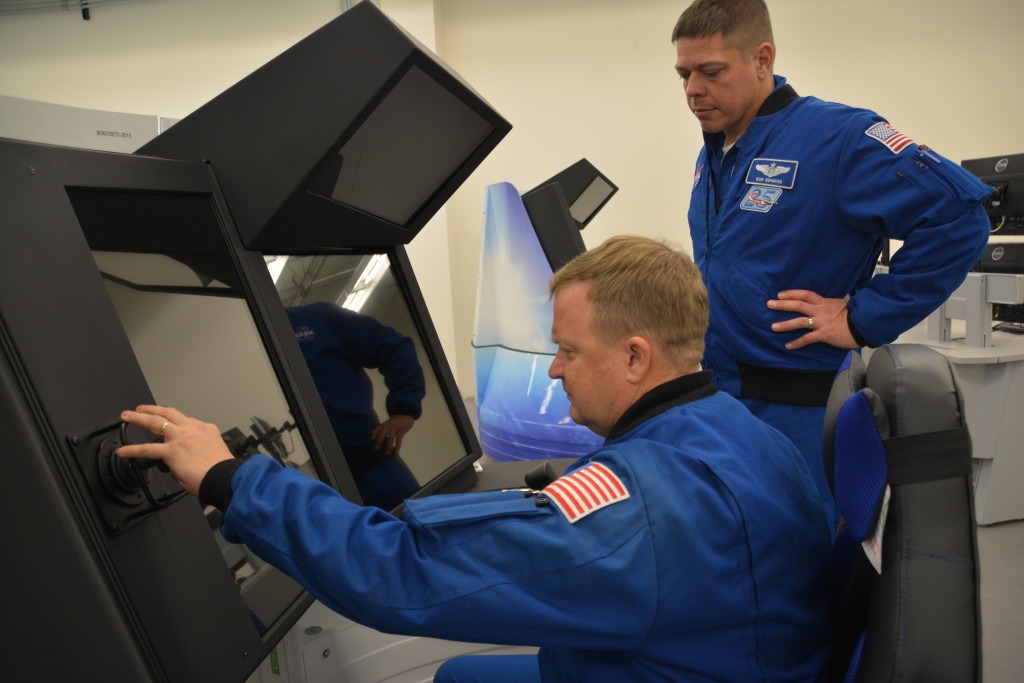
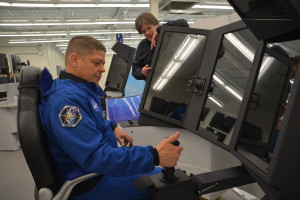 Commercial Crew astronauts Bob Behken and Eric Boe sat at the simulated controls of Boeing’s CST-100 Starliner recently as they evaluated sophisticated systems designed to train astronauts and mission controllers prior missions to the International Space Station. Behknen and Boe are two of four NASA astronauts, including Doug Hurley and Suni Williams selected to work closely with Boeing and SpaceX as the companies finalize their systems. Crews have not been assigned to specific missions or spacecraft, so the team is cross-training and aiding in development of both.
Commercial Crew astronauts Bob Behken and Eric Boe sat at the simulated controls of Boeing’s CST-100 Starliner recently as they evaluated sophisticated systems designed to train astronauts and mission controllers prior missions to the International Space Station. Behknen and Boe are two of four NASA astronauts, including Doug Hurley and Suni Williams selected to work closely with Boeing and SpaceX as the companies finalize their systems. Crews have not been assigned to specific missions or spacecraft, so the team is cross-training and aiding in development of both.